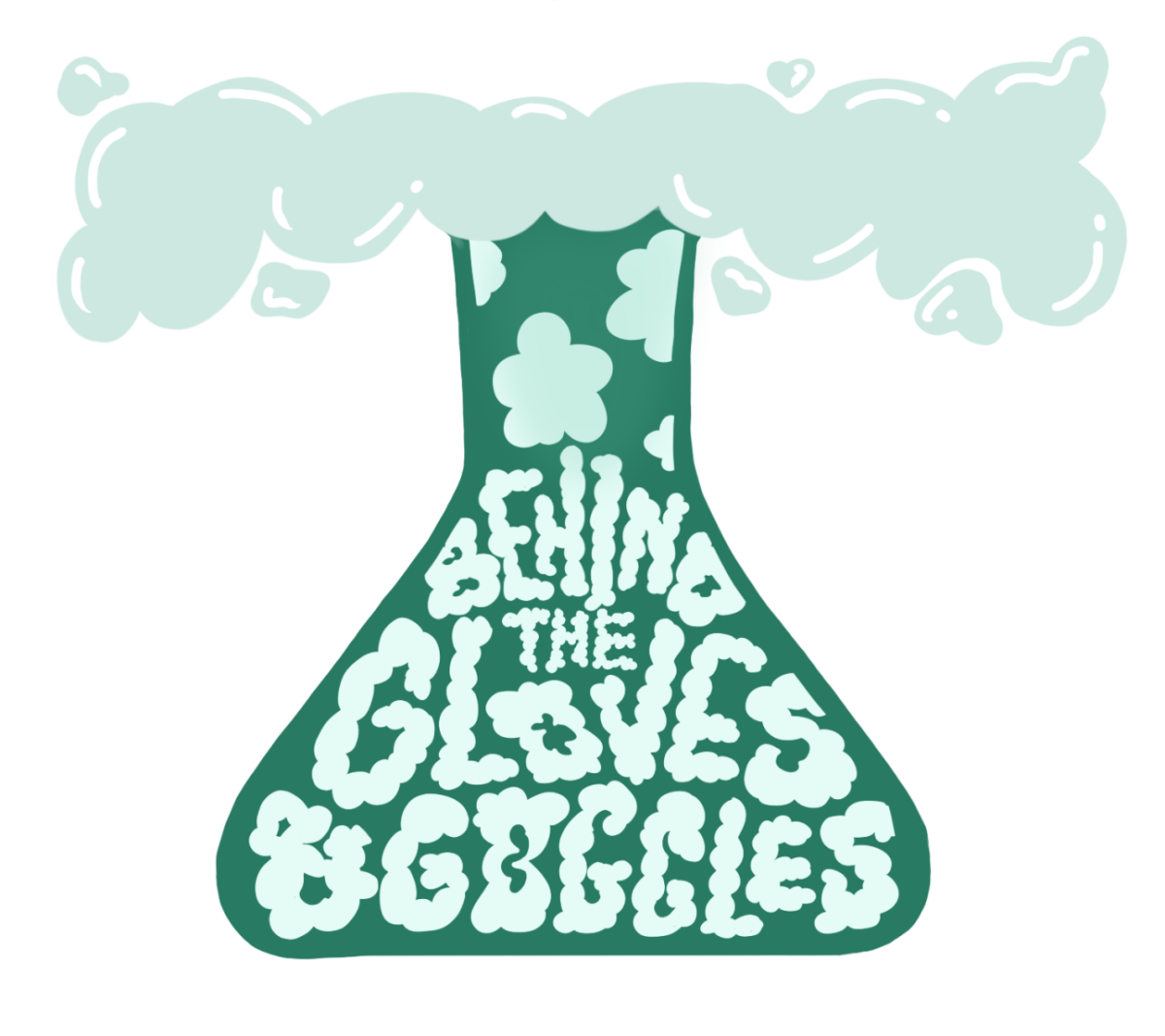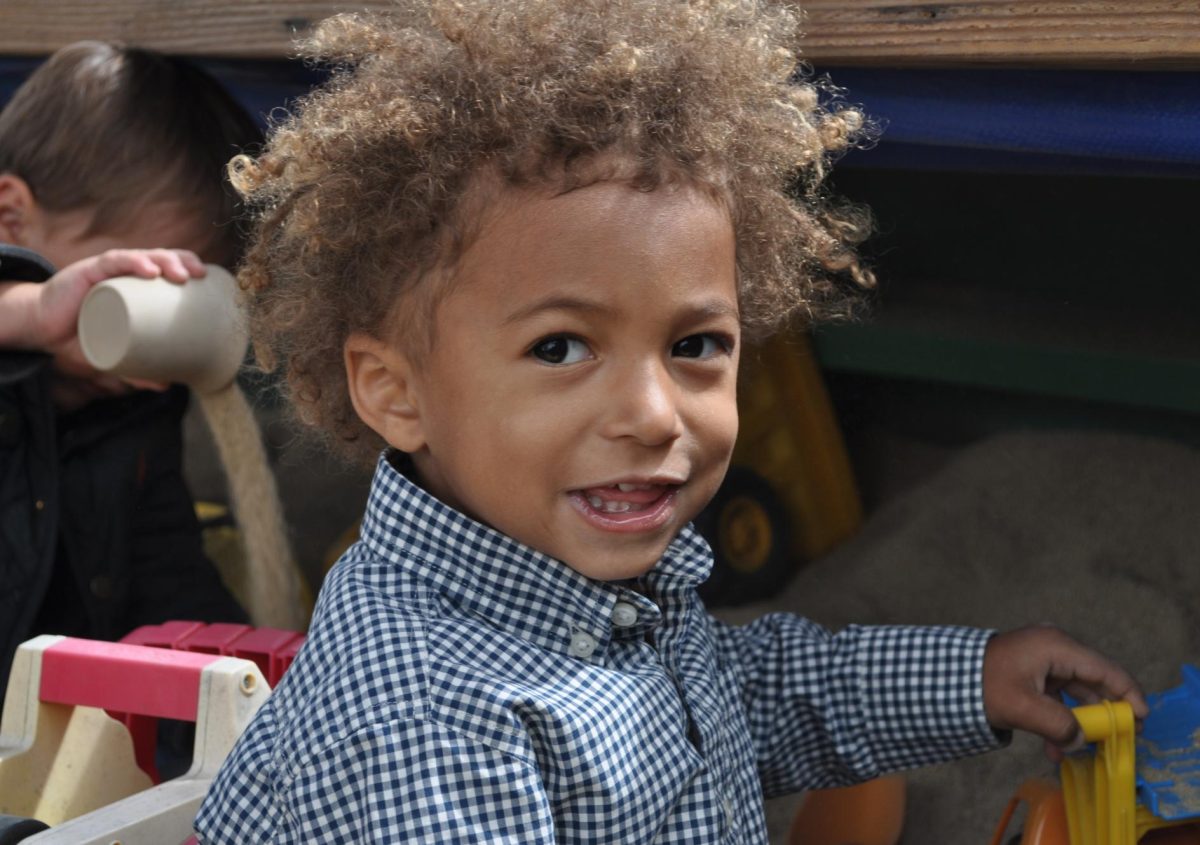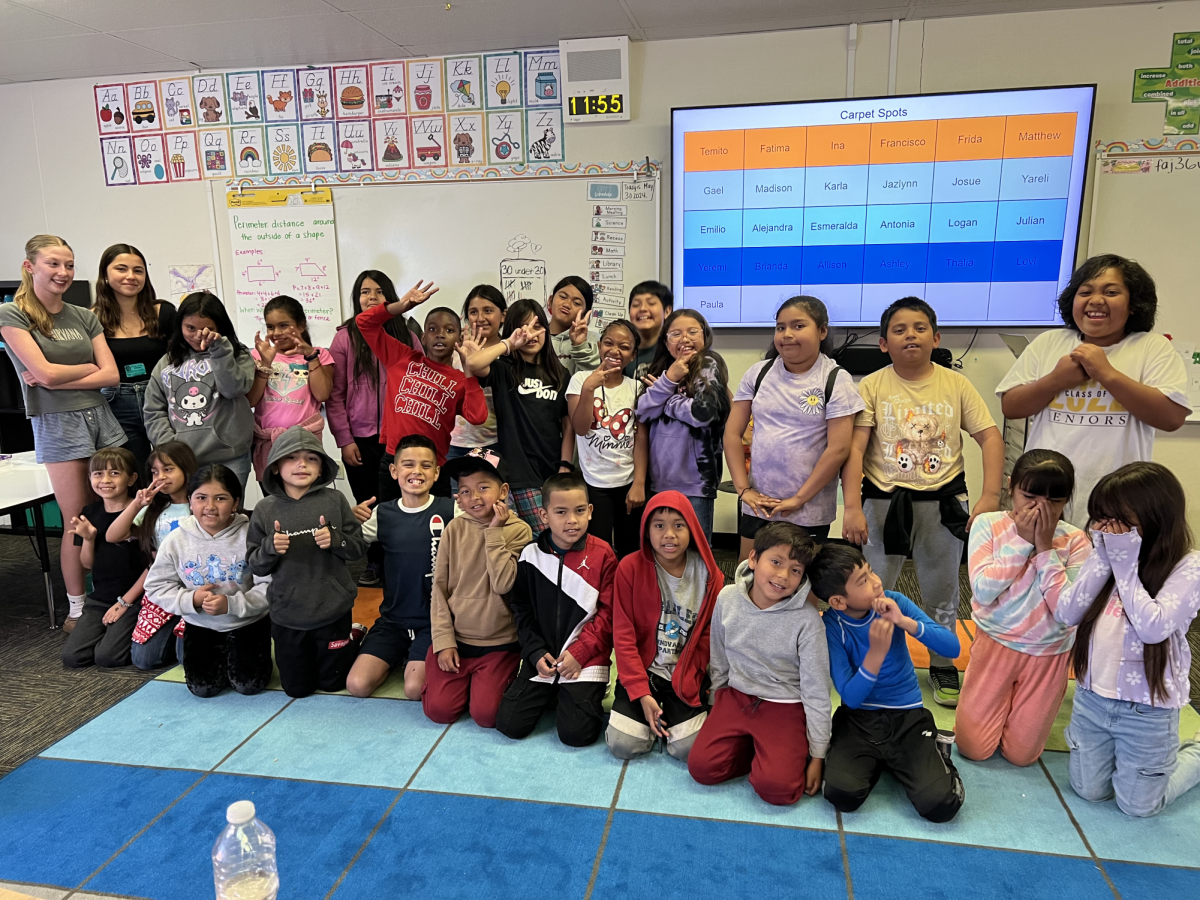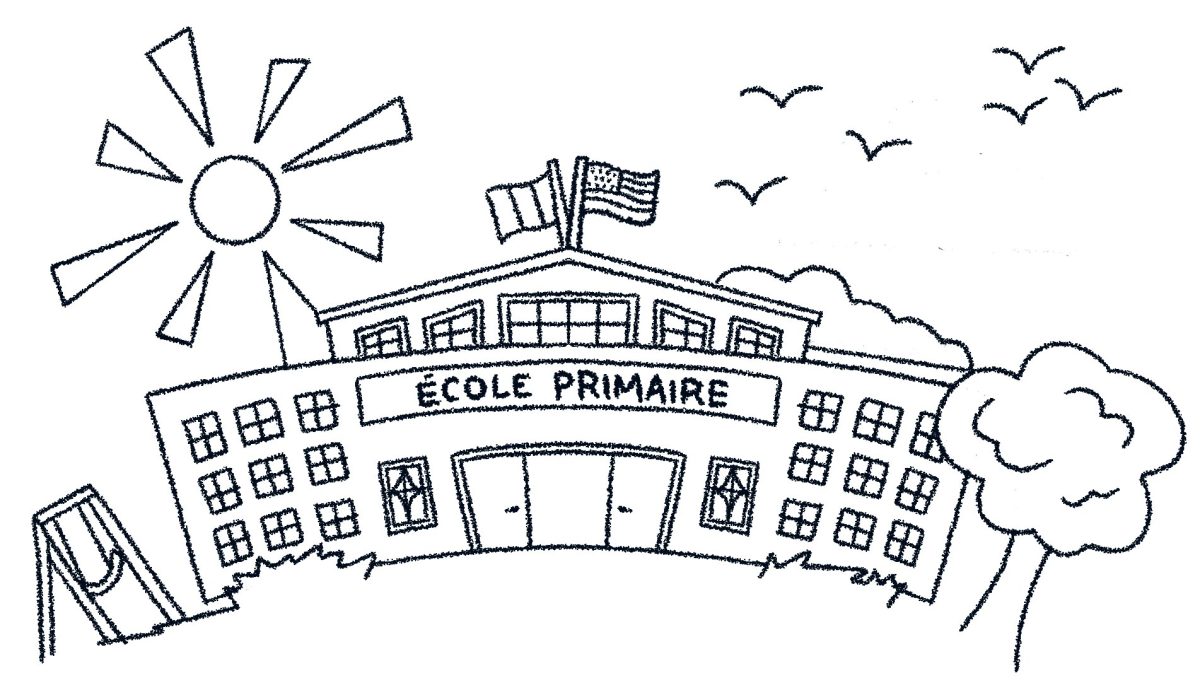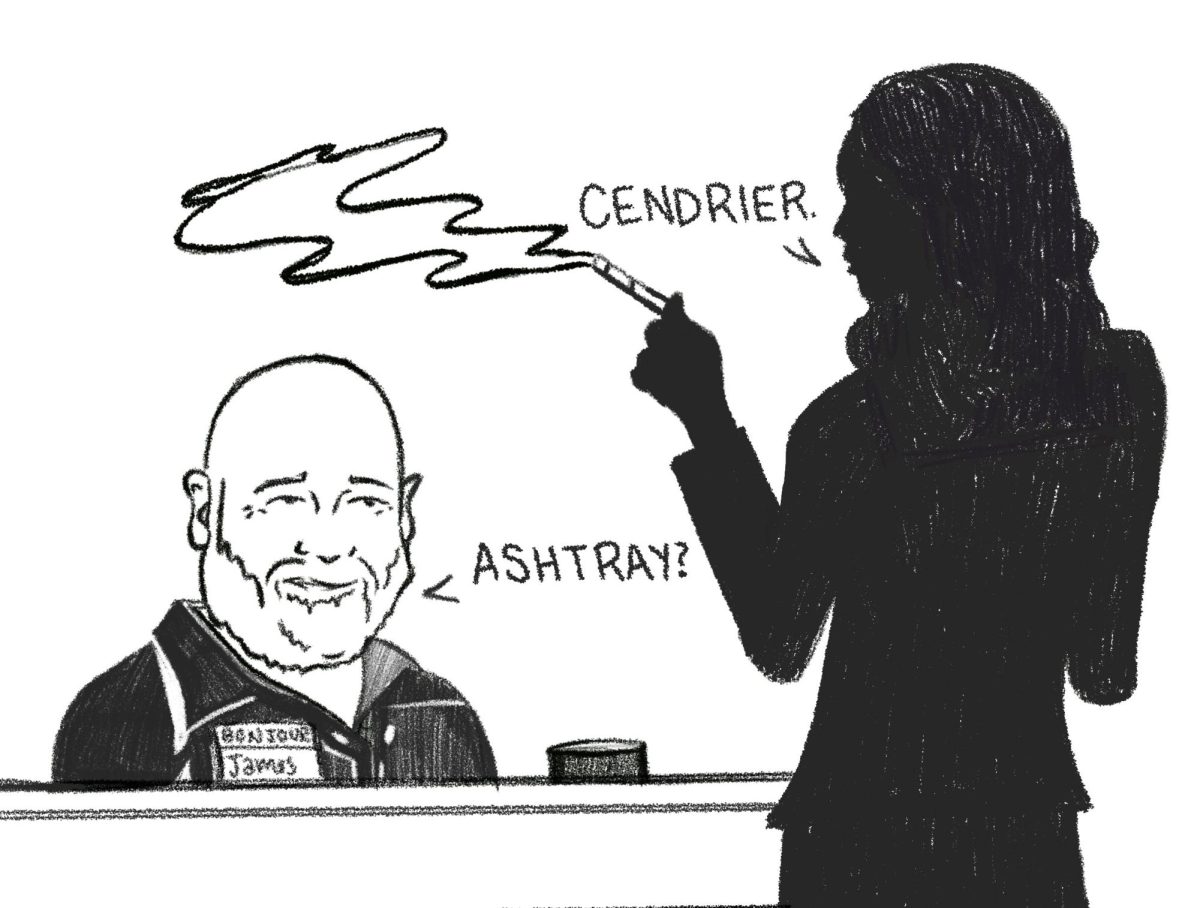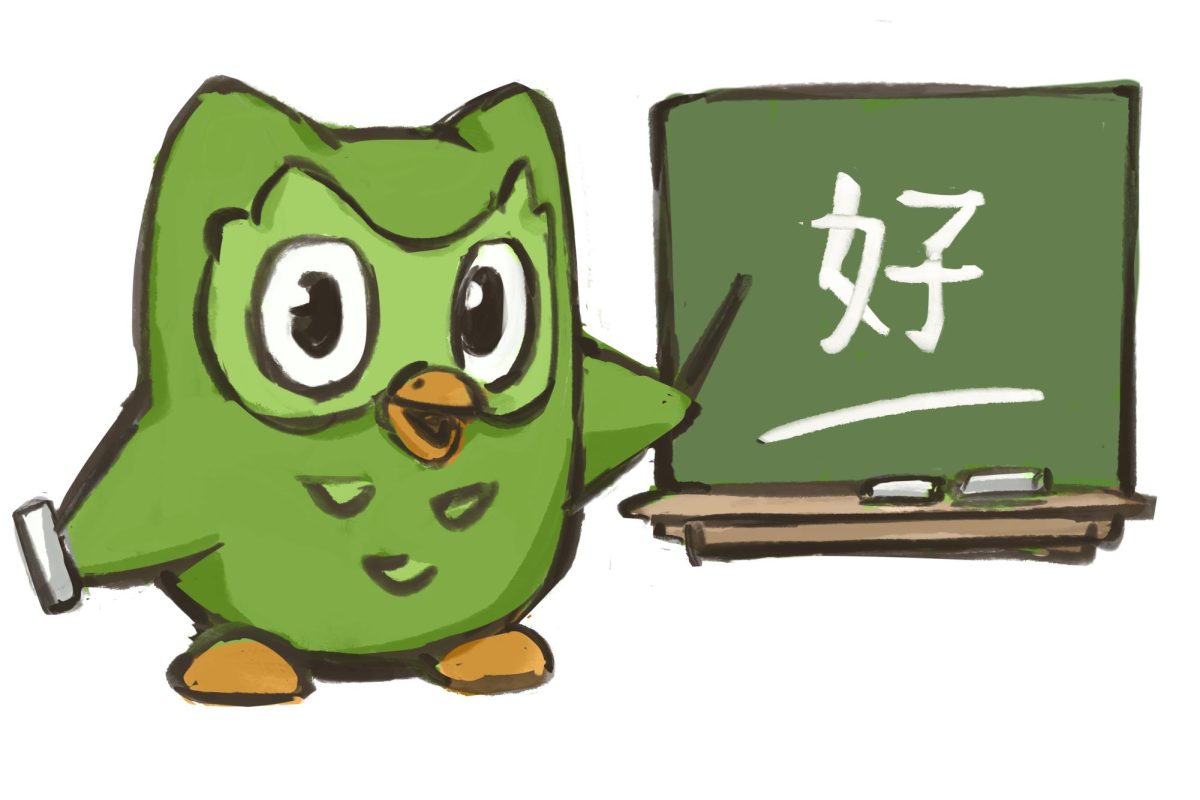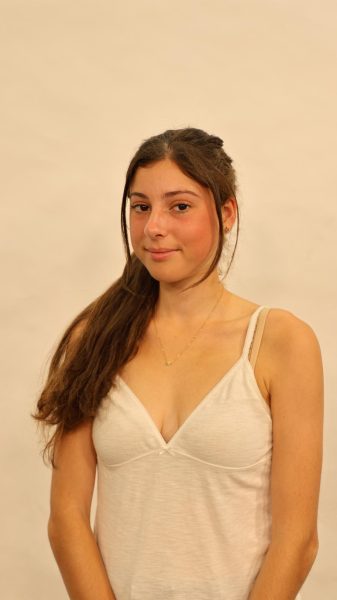Whether it’s dissecting a cow heart, sequencing DNA from the Biotechnology Research classroom, culturing mammalian cells in the cell culture facility or harvesting glowing proteins, wet labs are a crucial part of Menlo’s science curriculum. Yet none of these labs would be possible without the behind-the-scenes work of science lab technicians Midori Hosobuchi and Olivia Sidow, a mother-daughter duo. Hosobuchi and Sidow make it possible for students and teachers to perform wet labs safely and effectively in a classroom environment.
Hosobuchi and Sidow oversee the lab portion of the Upper School biology and chemistry classes. This multifaceted responsibility consists of setting up and taking down labs on time, advising and training teachers on safety procedures and storing and disposing of chemical waste.
Before Hosobuchi started working at Menlo in 2019, teachers had to prepare and set up labs themselves. “You can imagine how much work that would be for teachers and how difficult that would be for science teachers versus, say, other teachers,” Hosobuchi said. Sidow, Hosobuchi’s daughter, was hired in 2020 to help Hosobuchi transform the wet labs into kits that students could take home. The mother-daughter duo could quarantine together during the COVID-19 pandemic and package the labs to be sent home.
Advanced Topics in Biology and Biotech teacher Tanya Buxton is grateful for Hosobuchi and Sidow’s behind-the-scenes work. “It’s not just putting out materials into a cart,” Buxton said. “Oftentimes, it’s making solutions and allocating the different solutions so that students can have it all set and ready to go. They do a lot of testing on the experiments and optimizing the experiments, so by the time it gets to the students, the process will work.”
Without the help of Hosobuchi and Sidow, Buxton said that she would not be able to carry out either of her advanced biology classes. Hosobuchi spent a total of 48 hours preparing a lab with fruit flies for AT Biology.
Hosobuchi, a former Middle School teacher, left teaching because she wanted to use the laboratory knowledge that she learned while earning her Ph.D. in molecular and cellular biology. In this position, Hosobuchi uses her laboratory research skills to advise teachers and students while also helping improve the curriculum for biology classes. She also supports independent projects in the Biotech class, and even manages a cell culture facility in the Whitaker Lab. While Hosobuchi helps primarily with the nine biology classes, Sidow works with the chemistry classes and Anatomy and Physiology class.
Buxton appreciates Hosobuchi and Sidow’s organizational skills. “They’re always on top of things,” she said. “[We] have never had to postpone a lab or anything like that, because it’s always ready when the teacher does need it.” Hosobuchi and Sidow must order materials weeks before a lab so that they arrive on time.
Sidow enjoys the flexibility of the job and the varied tasks she can complete, from management tasks to more menial ones, that ultimately benefit the students. “Just knowing that what I do benefits students is also rewarding,” she said.
Hosobuchi and Sidow’s schedule is dependent on the labs that need to be carried out during the day. “We can be doing any one of our many tasks at any time, just depending on what’s coming up,” Hosobuchi said. “We have to be really responsive to what the needs are of the teachers.”
Because Hosobuchi and Sidow set up and prepare the labs when students are not in the classroom to avoid disrupting teaching, their interactions with students are limited. Sidow notes that students rarely approach her unless they ask her lab-specific questions when she is in a science classroom. “I do enjoy being behind the scenes and supporting but it’s also nice to be seen once and a while,” Sidow said. “And so, just the understanding of like, oh there is someone who is doing the work of setting up and taking down the labs and being mindful of that, even that is enough for me.” She encourages students to approach her and say “hi.”
Similarly, Hosobuchi wishes students were more aware of all of the behind-the-scenes work required to carry out their labs. “We are intimately involved in instruction through the labs,” she said. “It would be great if students [could] have a better understanding of why we’re in there with carts and what we’re doing when we’re setting up. We work probably just as hard as the teachers to help [students] get the education that [they] receive.”



